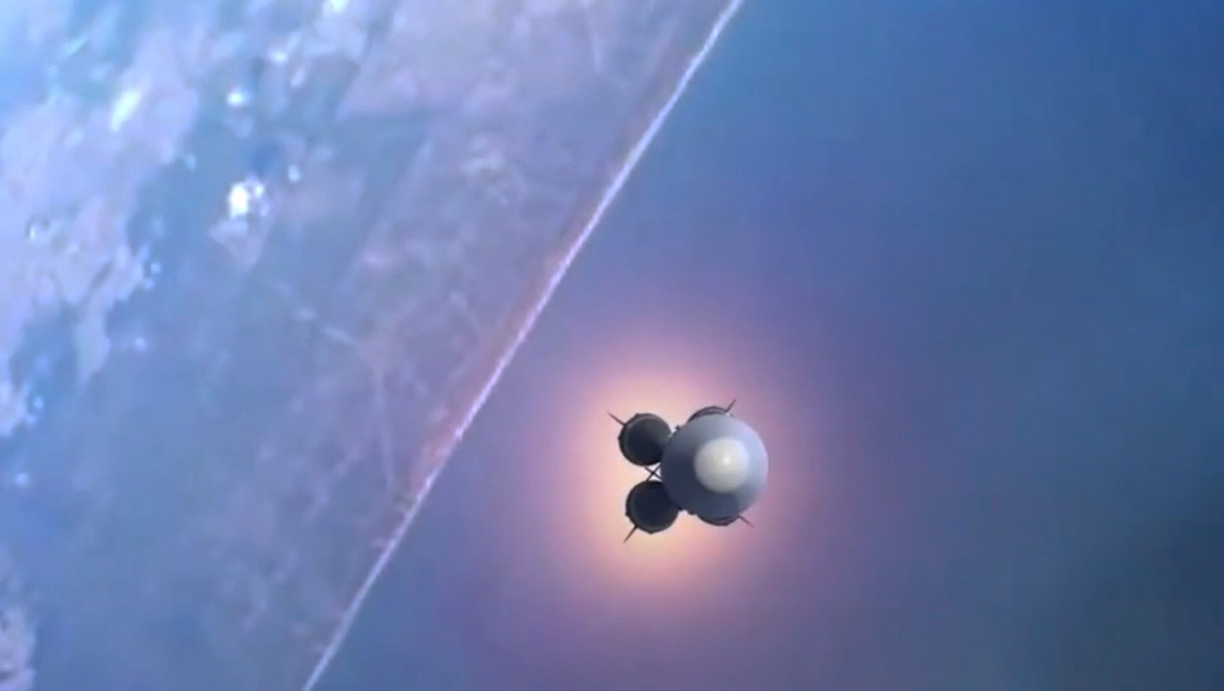In 2024, MNOs will be finally integrated into the 5G NTN value chain

In my personal point-of-view, Sateliot is revolutionizing the telecommunications landscape — as the first satellite operator to provide direct-to-device IoT connectivity over standard 5G NB-IoT globall, via our Low Earth Orbit (LEO) constellation, we are at the forefront of innovation.
The company’s state-of-the-art technology complies with 3GPP Release 17 Non-Terrestrial Networks (NTN) capabilities, enabling end-user devices to seamlessly transition between terrestrial and non-terrestrial networks using the same standard device.
We operate two LEO satellites, launching phase one of our commercial constellation with plans to launch an additional 64 satellites by 2025.
The year 2024 represents a significant headway for global Mobile Network Operators (MNOs), and Mobile Virtual Network Operators (MVNOs).
As a full GSMA operator member, using standard IPX-based integration, we have established strong partnerships with more than 50 mobile network operators and signed to provide services to hundreds of clients starting in 2024, followed by an exponential scale-up.
Critical to Sateliot’s success is our Dual-Mode technology, seamlessly bridging the divide between Terrestrial Networks (TN) and NTN, which ensures smooth roaming agreements between Sateliot and Mobile Operators.
In 2024, MNOs will be finally integrated into the 5G NTN IoT value chain.
This integration will facilitate the “coverage everywhere” proposal driving the expansion of their customer base and a substantial increase in Average Revenue Per User (ARPU).

Looking forward to 2024, Sateliot will remain a leader in technological advancements, especially concerning standards.
Our focus on active contributions to upcoming Standard releases, Rel-18 and Rel-19, will solidify our position as industry pioneers.

The latest discussions on the Rel-19 set the standard of Satellite Telecommunications for 2025, and the Store&Forward and Regenerative Payload (Sateliot’s proposal and among the most supported items during the last 3GPP’s Rel-19 scope definition workshop) guarantee the best possible uplink and downlink connectivity — especially in low-density constellations and even when visibility to a ground station is discontinuous.
With this groundbreaking service, IoT delay-tolerant applications can connect from the first day and avoid the huge cost of mega-constellations for broadband.
Sateliot will continue to be a thought leader in the NTN space, offering connectivity services to diverse sectors such as agriculture, transportation, logistics, and environmental monitoring. Our role as key players in delivering IoT services to rural areas underscores our commitment to meaningfully impacting global connectivity needs.

Previously considered premium services, tracking and monitoring in remote areas are now accessible through the implementation of massive IoT.
sateliot.space

Jaume Sanpera
Author Jaume Sanpera is the CEO and Co-Founder of Sateliot and he is a serial entrepreneur with a remarkable legacy in the telecommunications industry. He has founded multiple successful companies, created a recognized business group (Eurona), which was the first telecom satellite operator in Europe, listed in 2010.


